Tucson: The Heart of American Mariachi Music
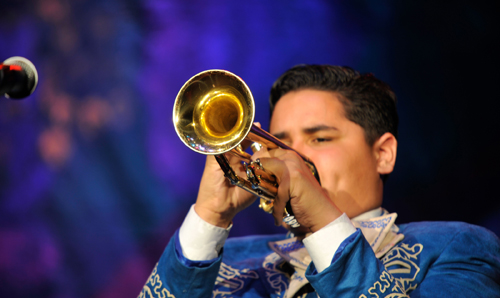
The Tucson International Mariachi Conference features a variety of traditions.
photo: Kevin Van Rensselaer
It’s a tradition veiled in mystery. We know it came from Mexico. We know that it started when the Spanish introduced stringed instruments to the indigenous people of Mexico, and we know that around the turn of the 20th century, it was a music that employed stringed instruments alone. The trumpet—largely considered a staple in any mariachi group—didn’t find its place in mariachi music until the 1930s. But beyond that, it gets a little cloudy.
Ask any mariachi musician to define the music in a sentence or two and you will likely be met with silence. There is the Son Jaliscience school, the musical form from Guadalajara, Mexico from which modern mariachi music arose, the Bolero style, which incorporates Afro-Cuban and Caribbean rhythms, and the Ranchera style, which Pueblo High School’s Mariachi Director John Contreras describes as “pretty much like the Mexican version of country western music.” And then there are more styles, as well. Many more. Too many to list here, in fact.
Contreras lives and breathes mariachi. Not only is he the director of Mariachi Aztlán de Pueblo High School, he also plays in a group on the weekends and serves on the board of directors for the Tucson International Mariachi Conference, which is largely considered the foremost conference for the genre in the world. Appropriately, he also acts as the Workshop Coordinator for the conference, taking the reins on the educational side of the event he has attended since he was just nine years old.
Though Contreras explains he was not there for the first Tucson conference in 1983, he showed up within the first few years, guitar in hand, to learn from the best in the business as Mariachi Vargas and Tucson’s own Mariachi Cobre conducted workshops on the traditional form. Mariachi Vargas, Contreras says, is now widely regarded as the foremost mariachi group in the world, and Mariachi Cobre went on to become the house mariachi band at Epcot Center in Orlando, Florida, where they have been for more than thirty years. Contreras says that he didn’t realize how lucky he was to have such quality musicians as teachers year after year.
“It’s like having a little league team and saying, ‘OK, we’re gonna have the Yankees and the Red Sox come and teach you guys how to play ball,’” says Contreras. And that tradition continues today, though with a rotating lineup of professional mariachis.
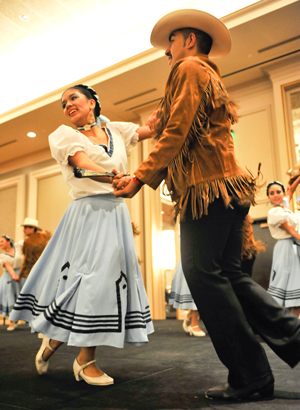
Dance and music converge at the Tucson International Mariachi Conference.
photo: Kevin Van Rensselaer
The Tucson International Mariachi Conference, now in its 32nd year, is primarily an educational endeavor, offering workshops from beginning to master levels to approximately 550 mariachi and about 150 folklórico (traditional Mexican dancing) students annually from across the U.S. and Mexico, but the public is also invited to take part in the most festive of all the festivities.
The student groups attending the conference will perform in the showcase concert at 6 p.m. on Thursday, May 1, where the groups are able to raise a little bit of money for themselves through ticket sales. The following night—Friday, May 2 at 7 p.m.—is the big show, known as the Espectacular Concert, which will feature the world-renown talents of Mariachi Internacional Guadalajara and the two-time Grammy-winning all-female group known as the Mariachi Divas de Cindy Shea. Saturday, May 3 offers a free mariachi mass at 10 a.m. followed by the pool-party-style Festival Garibaldi, from 11 a.m. to 11 p.m.
For the Mariachi Divas, this marks the second trip to perform at the Tucson conference, and this time Shea promises to “bring the energy” along with a pair of local Tucson violinists, Alissa Gonzales and Catherine Baeza. An Irish-Italian American from California, Shea does not look like your typical mariachi. But having trained and performed in a number of styles including orchestra, jazz, and ska, she says there’s a special place for Mariachi amongst other mundial (or world) genres. Shea says that the prestige of the Tucson conference has a very strong global appeal to all mariachis, and that it gives serious credibility to the local scene.
With regard to the music itself, Shea says that there is a “beautiful tradition” and “elegance” in the mariachi style unequaled in other genres. “You really have an attentive audience when it’s a mariachi show. You can get people of all ages to laugh, dance and cry within the same hour,” says Shea. “That’s pretty affective music.”
The Tucson Mariachi Conference’s public performances take place at Casino Del Sol Resort, 5655 W. Valencia Rd., May 1-May 3. More information, as well as concert and Festival Garibaldi tickets, can be obtained at TucsonMariachi.org.
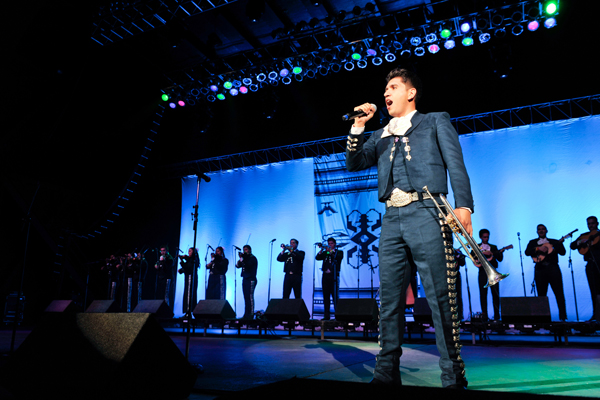
The Tucson International Mariachi Conference hosts the Espectacular Concert on Friday, May 2.
photo courtesy of La Frontera/Tucson Mariachi Conference/Kevin Van Rensselaer

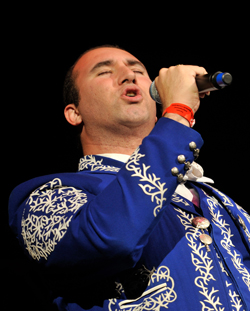
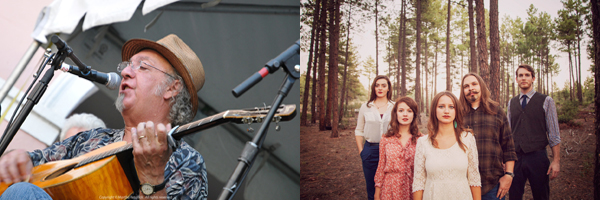
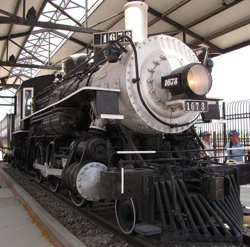


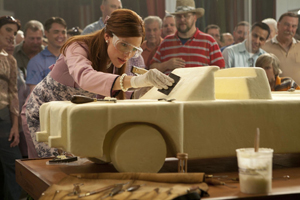
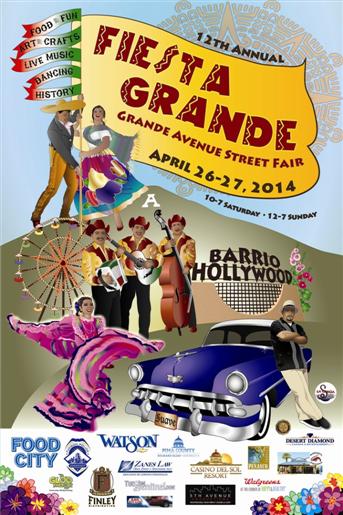
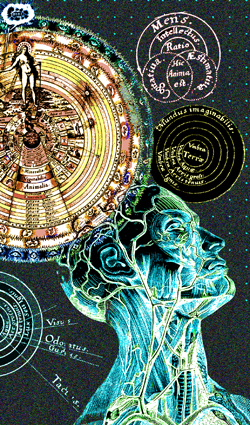
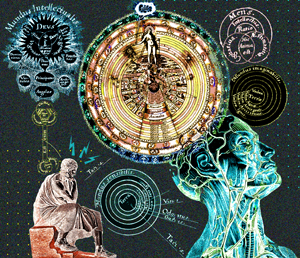
 After a couple of years of lying low due to music business and touring burn out, Tucson’s power-pop duo Ryanhood released a gorgeously melodic, folksy, acoustic guitar-driven 12-track disk at the end of 2013. The two 32-year-olds, Ryan Green and Cameron Hood, have scribed lilting songs on Start Somewhere that show a Zen growth, themes that arise from experiencing deep disappointments and coming out the other side spiritually as a Phoenix rising. The album’s song Sickbed Symphony recently garnered the band recognition from the 2014 International Acoustic Music Awards as the “Best Group/Duo.”
After a couple of years of lying low due to music business and touring burn out, Tucson’s power-pop duo Ryanhood released a gorgeously melodic, folksy, acoustic guitar-driven 12-track disk at the end of 2013. The two 32-year-olds, Ryan Green and Cameron Hood, have scribed lilting songs on Start Somewhere that show a Zen growth, themes that arise from experiencing deep disappointments and coming out the other side spiritually as a Phoenix rising. The album’s song Sickbed Symphony recently garnered the band recognition from the 2014 International Acoustic Music Awards as the “Best Group/Duo.”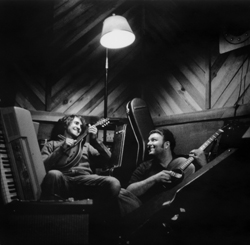
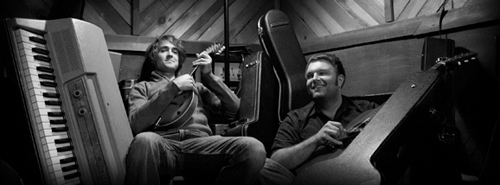
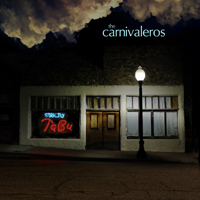 Front man Gary Mackender and his all-star team of musicians bring eleven tunes—five instrumentals and six with lyrics—to life on The Carnivaleros’ latest offering, “Strictly Tabu.” The album’s musical styles are varied and each track is truthful to its particular genre; from western swing, waltzes and polka to just flat tasty Americana and more. Replete with virtuoso performers, the recording features Mitzi Cowell on some spine-tingling slide electric guitar, Greg Mackender on banjo, saw, and that oddball instrument the theremin, and Karl Hoffmann on bass.
Front man Gary Mackender and his all-star team of musicians bring eleven tunes—five instrumentals and six with lyrics—to life on The Carnivaleros’ latest offering, “Strictly Tabu.” The album’s musical styles are varied and each track is truthful to its particular genre; from western swing, waltzes and polka to just flat tasty Americana and more. Replete with virtuoso performers, the recording features Mitzi Cowell on some spine-tingling slide electric guitar, Greg Mackender on banjo, saw, and that oddball instrument the theremin, and Karl Hoffmann on bass.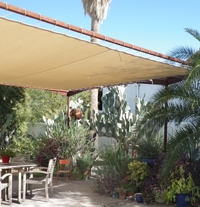
 Plant lovers unite for the Tucson Cactus & Succulent Society’s Sonoran X Conference! This year’s theme is “Plants for the Sonoran Desert Hobbyists,” a showcase of unique cacti and hybrid plants from around the world. The plant conference is on Saturday, April 19 from 8 a.m. until 9 p.m. and Sunday, April 20 from 8 a.m. until 3:30 p.m. at 475 N. Granada Ave.
Plant lovers unite for the Tucson Cactus & Succulent Society’s Sonoran X Conference! This year’s theme is “Plants for the Sonoran Desert Hobbyists,” a showcase of unique cacti and hybrid plants from around the world. The plant conference is on Saturday, April 19 from 8 a.m. until 9 p.m. and Sunday, April 20 from 8 a.m. until 3:30 p.m. at 475 N. Granada Ave.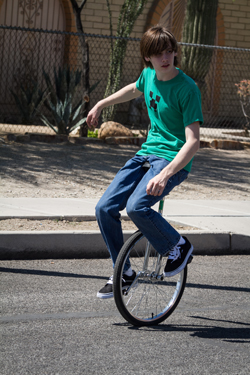
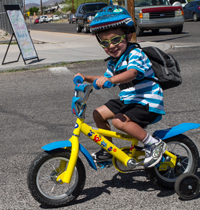
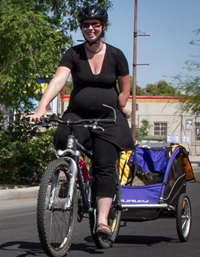
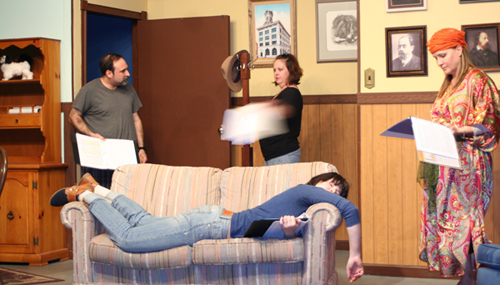




Also find us on...